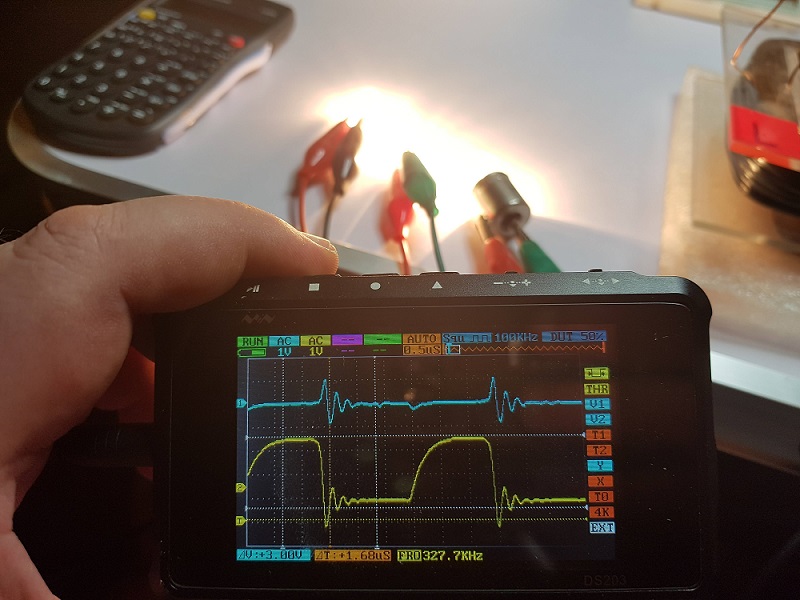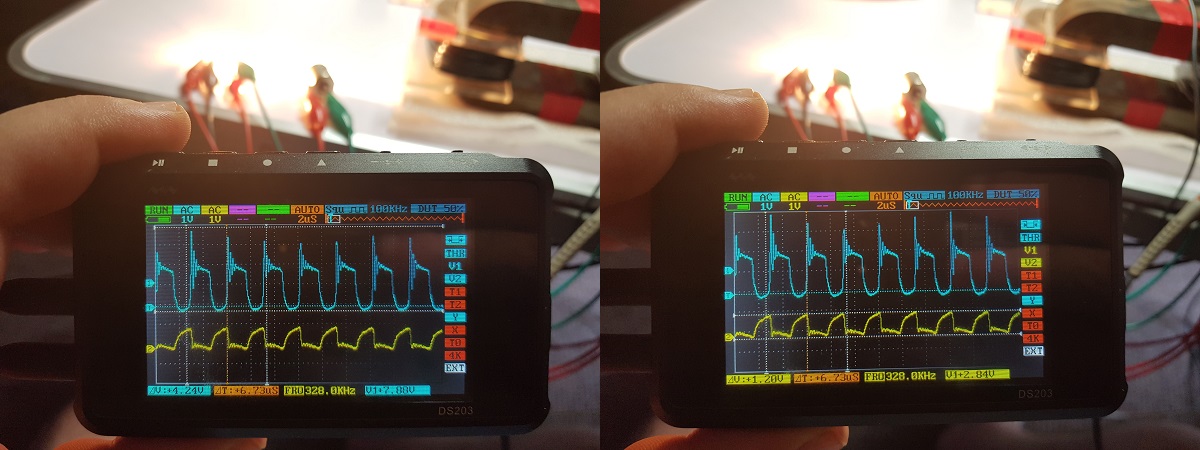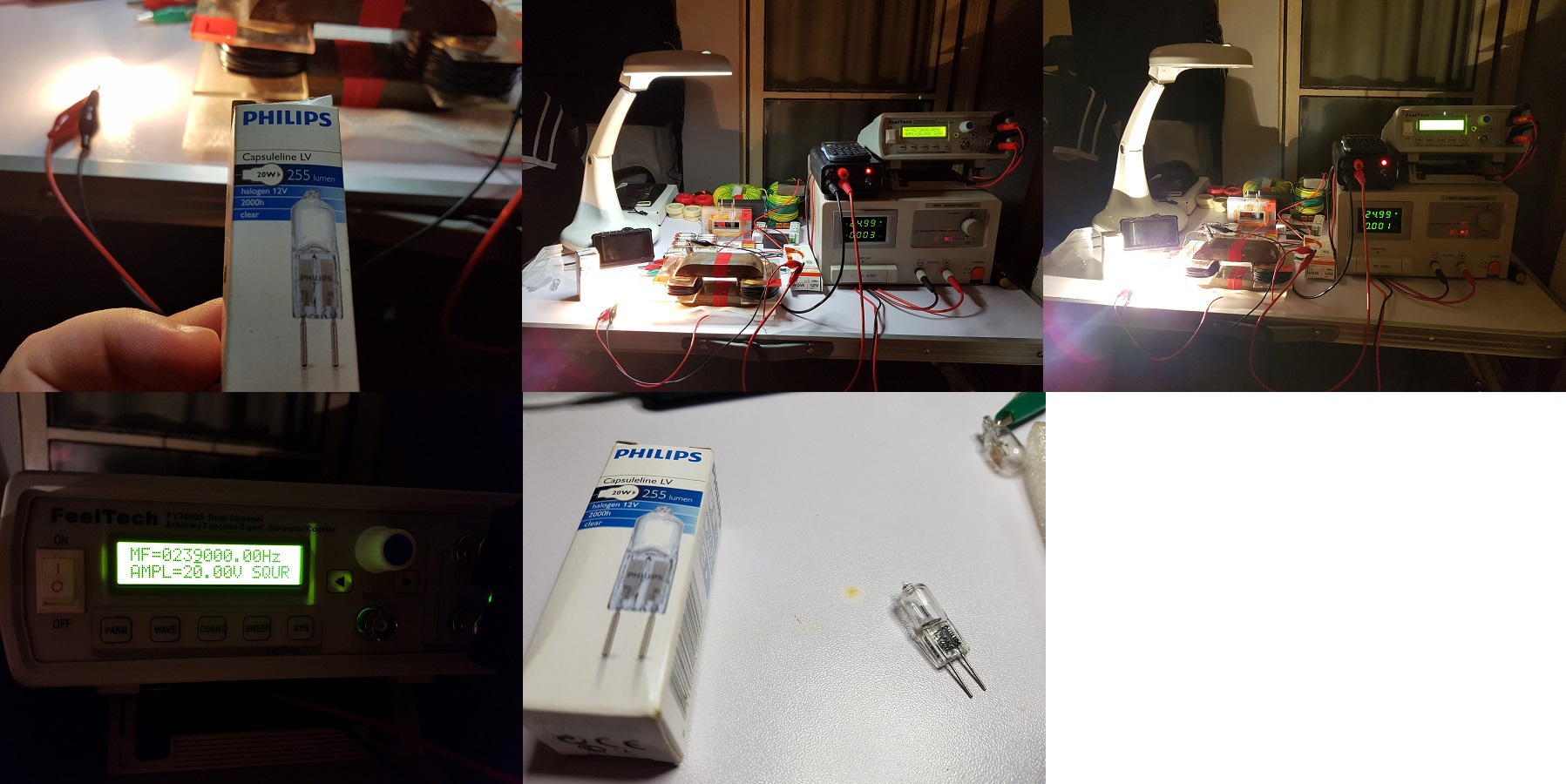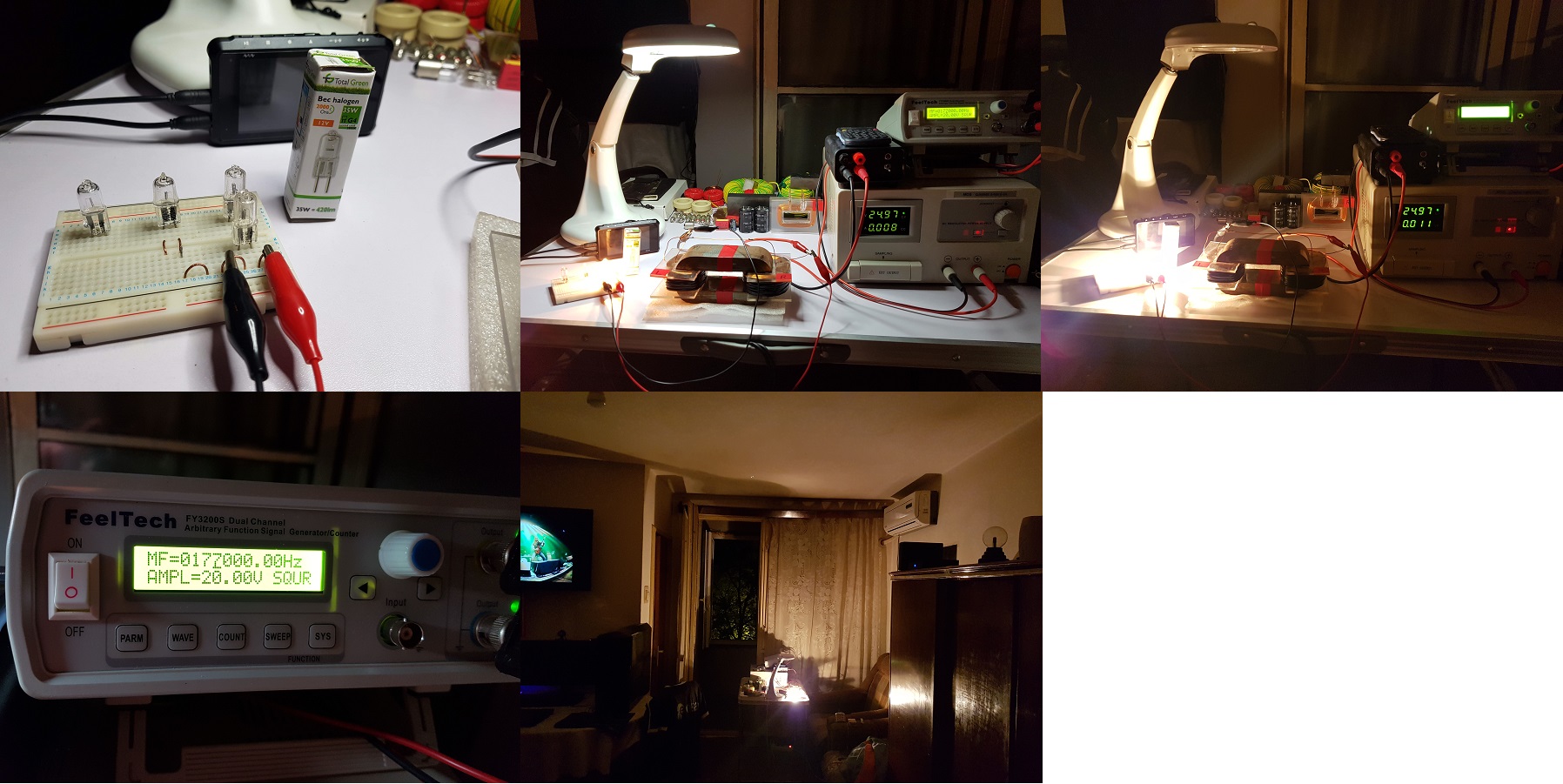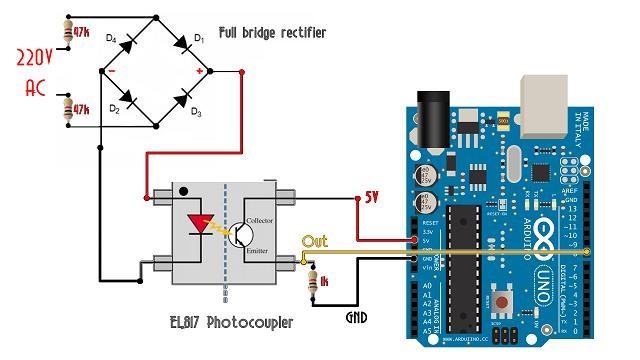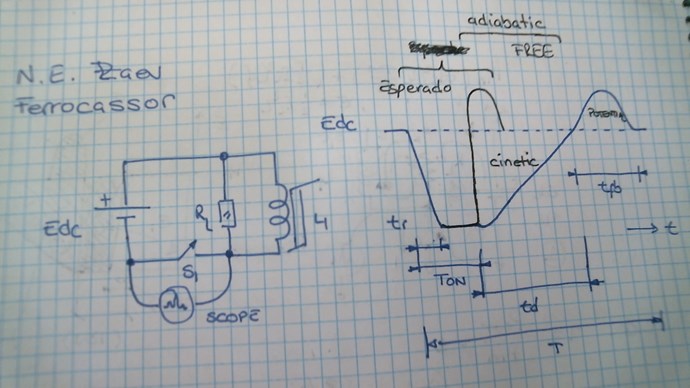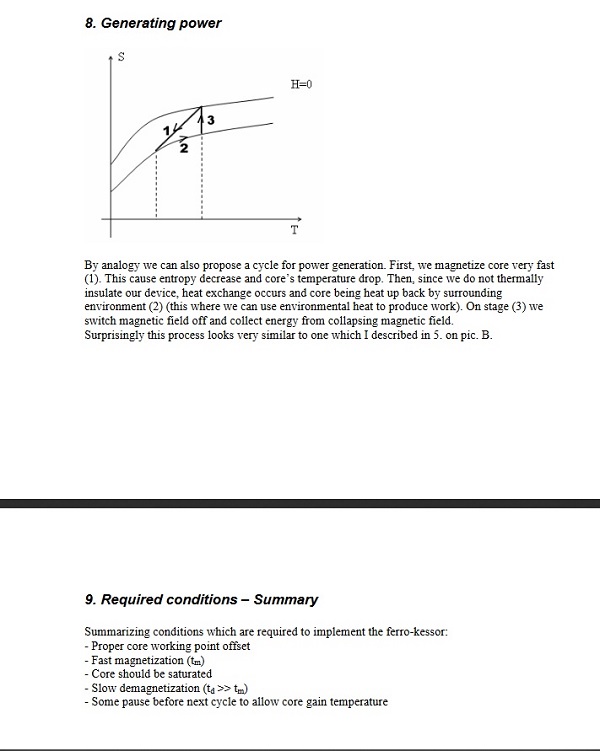Hi Fighter,
Thanks for sharing your findings :-)
BTW: Myself born in Romania as well - long, long ago :-)
- ---------------------
In order to avoid endless discussions about your setup I suggest to feed it for about 5 hours from two or three 9V blocks being connected in series. Below you see an example of the current capability of an 9V Energizer brand (end voltage to be 6V):
1 mA - 800 h
10 mA - 55 h
100 mA - 4 h
200 mA - 1,7 h
300 mA - 55 min
400 mA - 25 min
500 mA - 12 min
600 mA - 9 min
700 mA - 5 min
If the batteries survive a 5h challange you can continue with real productive work.
2. -------------------------------
Regarding (possible) feed of energy via your FET switcher from generator:
If you estimate the gate capacitance of the FET to be about 1nF you get for 600kHz a complex impedance of about 265 Ohm.
This gives for 24V about 10mA - theoretically.
But as soon you switch the FET on this minute energy will be shorted to GND only.
The hint from a member is basically sound (theoretically) but in this case you can neglect it.
3. ------------------
Please continue your good work. I am willing to support you in terms of simple but effective methods of measurements for crystal clear clarity on your setup. Remember i.e. my recent post regarding measurement of luminositiy. So please ask!
4. --------------
For utmost clarity please confirm:
- The FET sits in that black box left hand side in your video?
- The GND lead of your generator is being connected to the "source" pin of the FET.
